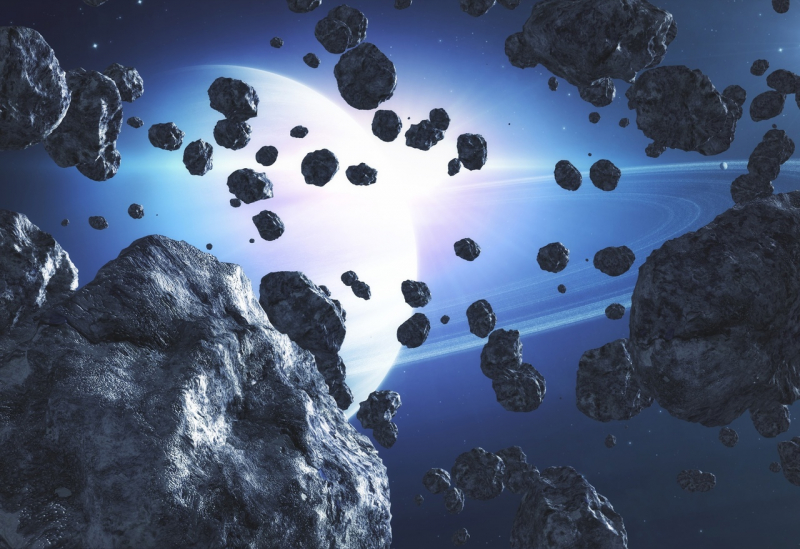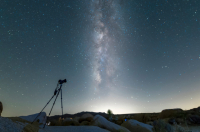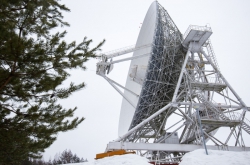The lecture took place as part of the Scientist’s Lectern (Rus. Трибуна ученого) organized by the Moscow Planetarium. Here are the highlights.
Why study asteroids
My path to astronomy started with a great book, Essays about the universe by Boris Vorontsov-Velyaminov. In the chapter Journey to Hermes and on Hermes, the author describes what we would’ve seen if we were to travel to an asteroid.
Why Hermes? This asteroid was discovered in 1937 at the time when it was closing in on Earth, and Boris Vorontsov-Velyaminov thought that in the future, such instances might open up opportunities for travelling to asteroids and on them. Now we know that this assumption wasn’t entirely correct: attaching oneself to an asteroid isn’t an easy task.
But scientists are interested in asteroids nonetheless; as of now, there have already been several missions to asteroids.
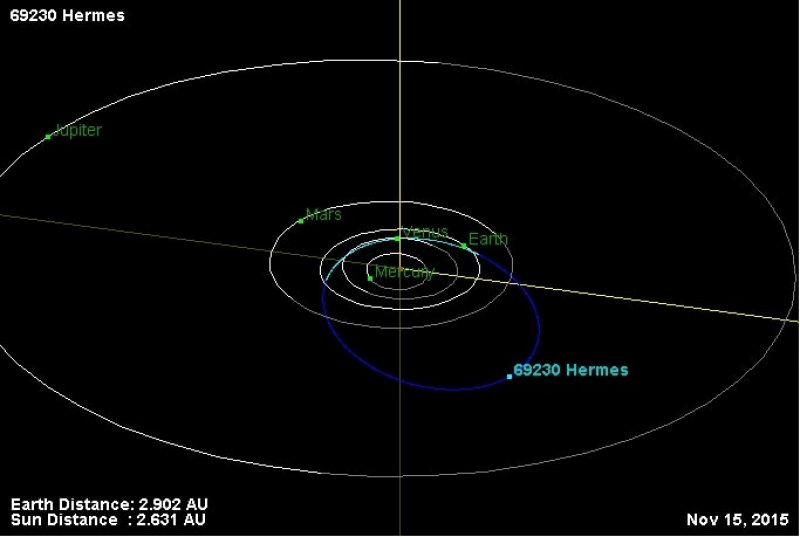
What are the purposes of such missions? The first thing that comes to mind is research. Studying asteroids from up close is definitely easier than doing it from Earth. At the current stage, this is the main purpose of missions to asteroids, because they are very interesting as presumably relics from the time when the Solar System was formed, and can be used to glance at the past and see how the forming of space objects, for example, planets, happened.
Another task has to do with the threat that asteroids and comets can pose: scientists study various options for changing their trajectory in the event that they get dangerously close to Earth.
For the far future, we suppose that we might want to develop asteroids and even mine them for such useful resources as metals. In this case, missions to asteroids can become not just single events but a space exploration routine.
How many asteroids are there?
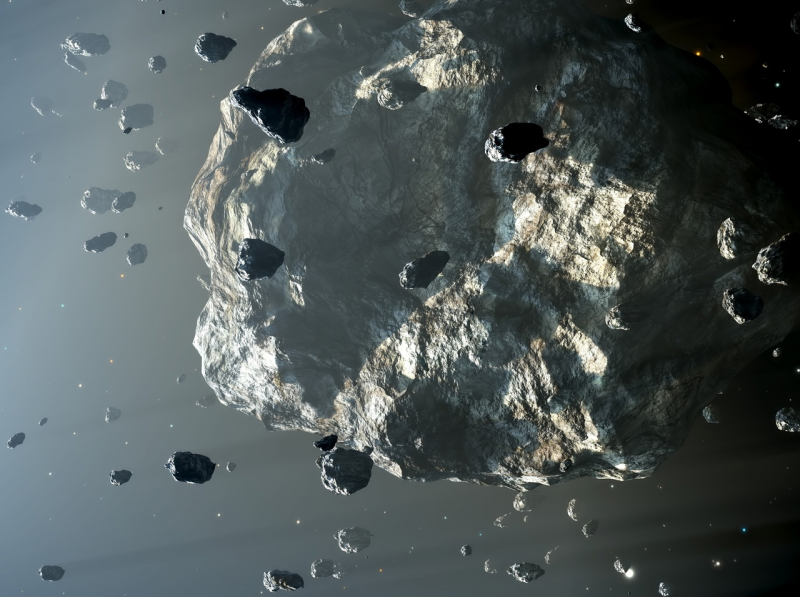
The number of asteroids that we know of is nearing nine hundred thousand, most of them are situated in the so-called main belt that’s located between the orbits of Mars and Jupiter.
There are also some asteroids that are orbiting closer to the Sun and occasionally get close to Earth. Scientists split them into several groups depending on whether they сross the Earth’s orbit or just get close to it, and whether they get close from the inner or the outer side. Hence, there are four groups: Atira and Aten asteroids get quite close to Earth, and Apollo and Amor asteroids only occasionally close in on it. On the whole, we know of about 22,000 asteroids that are able to get close to our planet.
Despite the vast number of objects that it’s composed of, the total mass of the main belt is just about 0.0004 of that of Earth, and this speaks against the hypothesis that the belt is the remains of a formerly existing planet. If we were to bring all of its asteroids together, we won’t get even something comparable to the Moon, let alone a full-fledged Solar System planet.
Classification of asteroids
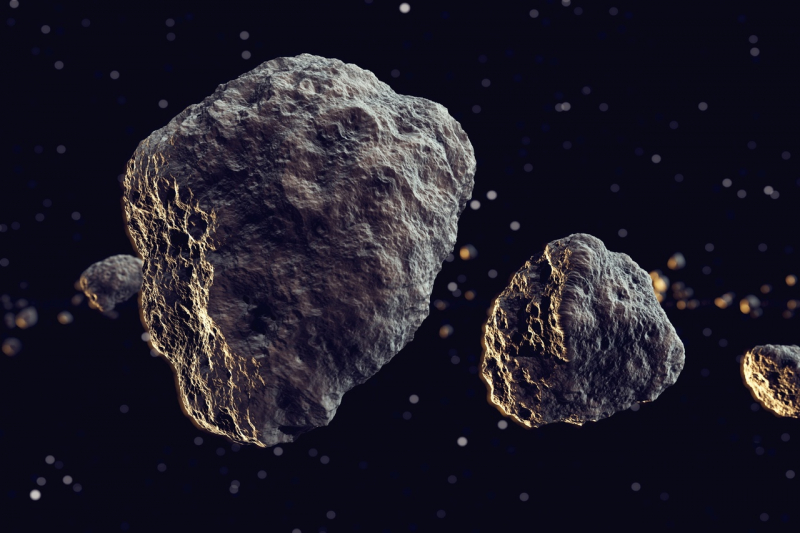
As of today, the key method for studying far space objects is spectral analysis. And as soon as scientists got the opportunity to measure asteroids’ spectrum, there emerged the need to split them into classes. But as opposed to stars, the classification of asteroids is far less specific; one might even say that it’s yet to be firmly established.
This has to do with obvious reasons: asteroids’ spectra don’t have any distinctive characteristics that would’ve helped split them into specific groups. Another essential factor is that asteroids are quite faint objects, and getting quality spectra for them is no easy task.
Nevertheless, scientists still distinguish specific groups of asteroids. One of them are asteroids that have the letter X in some classifications and M in others. These are asteroids that are supposedly metal.
Another group is dark C class asteroids that are supposedly rich in carbon. S class asteroids rich in silicon are a large group. And there are also V class asteroids, which are very important for us.
Asteroids differ from each other not just by spectra, i.e. chemical composition, but also by location — which is quite tricky.
In asteroids’ distribution across the Solar System, there are specific gaps — Kirkwood gaps. Supposedly, these are signs of orbital resonances with Jupiter that has a tendency to thrust asteroids from this space. Especially interesting is the 3:1 resonance, as in this case, asteroids can be thrust from the main belt towards Earth.
S class asteroids are mostly located closer to the Sun. Dark C class asteroids are located on the orbits that are further from the Sun.
Therefore, we can conclude that there’s some regularity in how asteroids are distributed across the Solar System. Their spectral class, and hence their chemical composition, depends on their location.
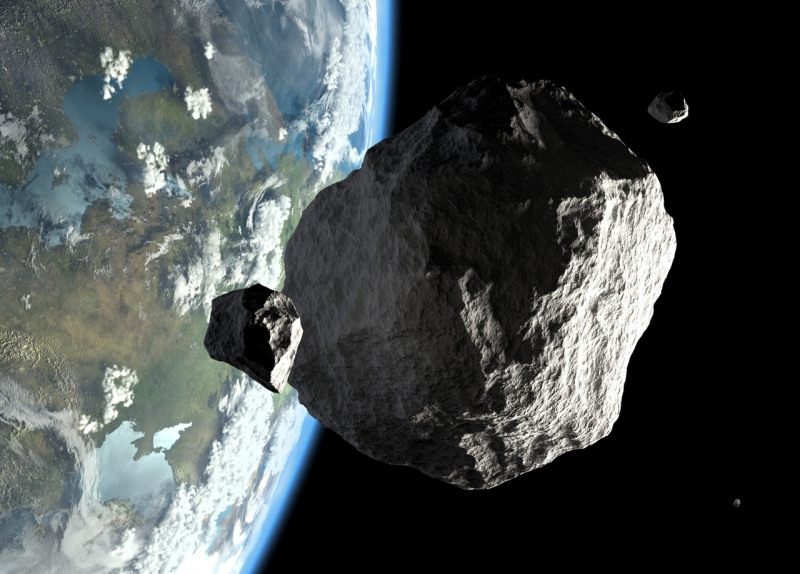
Research on asteroids
One might ask: why fly somewhere when we have tens of thousands of asteroid fragments here on Earth – meteors – that we got without any expense and can safely analyze in a lab?
Well, it’s worth mentioning that the meteors that fall on Earth can be split into two very large groups: undifferentiated and differentiated meteorites, i.e. those that were once part of big objects that underwent the differentiation process. This is the initial heating that results in the heavy elements going to the inner areas of the object leaving molten volcanic rock on the exterior.
In cases when the body collides with other space objects, it gets fragmented: the crust and the mantle become source of stone meteors and the iron core becomes the source of iron meteors. This way, we can use meteors to study not just asteroids’ composition but also the structure they once had.
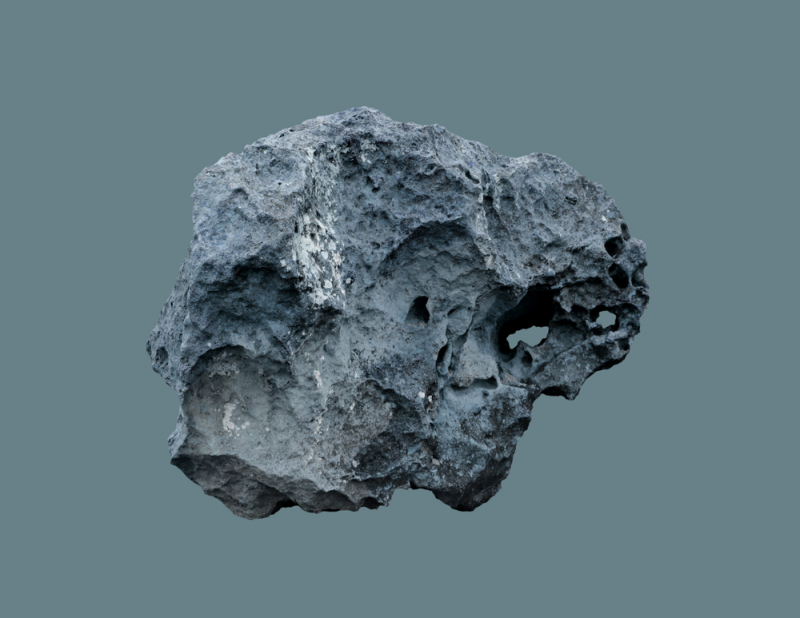
Research on the meteors’ trajectories when they can be observed shows that they come from the main belt. What’s more, it is sometimes even possible to tell the parent asteroid with some degree of certainty.
Still, scientists rarely get this lucky, so they usually have to resort to the same spectral analysis: the presence of specific substances in a meteor, metals, for instance, can be checked against data on asteroids and thus tell to which of them this fragment once belonged.
This is especially true for the HED class meteors, the spectra of which are very similar to that of the Vesta asteroid. So here on Earth, we have a fragment of a very specific asteroid.
On the one hand, this is very convenient, on the other – identifying a meteor with a parent asteroid is possible with just several objects, and the results are rarely reliable.
Another thing: the analysis of all the meteors we have shows that we are dealing with some hundred and a half parent bodies while the number of asteroids is near a million. So this sampling is not representative.
It would’ve been more interesting to study asteroids on the spot: this way, we would’ve had an exact match of data and a specific object. What’s more, we’ll have an opportunity to study its terrain, as we’ll be working with the object as a whole and not just a fragment. But for now, we can study only a few objects in such a way. And this method is also very expensive.
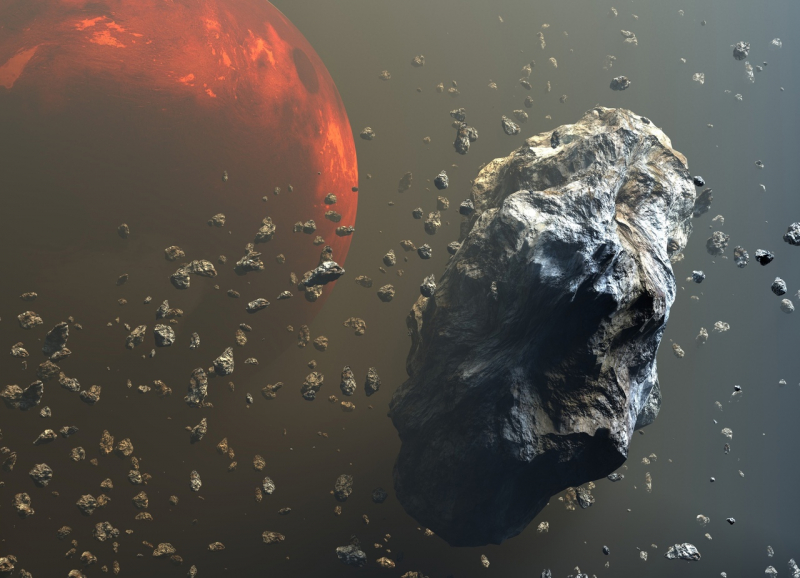
Missions to asteroids
Nevertheless, the space era progresses; there have already been missions to asteroids, and there will be even more in the future.
The first ever spacecraft to study an asteroid was the American Galileo. Its main goal was Jupiter’s system, but even on the planning stage in the 80s it was assumed that it would make sense to study something else on the way there.
So in 1991, Galileo approached Gastra, and in 1993 – Ida, which became the first asteroids to have their images transmitted to Earth. The images were taken from a large distance and weren’t very good, so the mission raised more questions than it answered. But it became clear that asteroids, even the small ones, are rather complex objects that deserve a deeper study.
This prompted the NEAR-Shoemaker mission that had the study of steroids as its key purpose: Mathilde, which was studied from a flyby trajectory, and the near-Earth Eros, which was studied from its orbit.
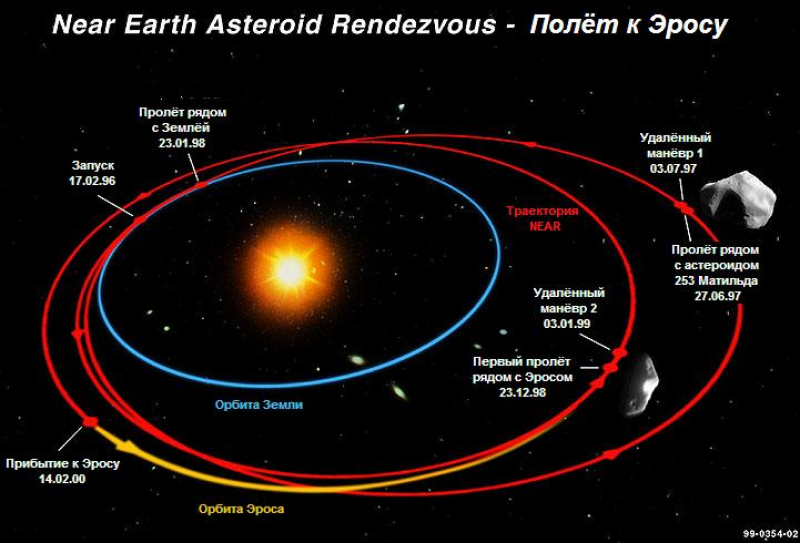
The mission got to Mathilde in 1997, to the distance of 1,200 kilometers. Mathilde is a C class asteroid, meaning that it’s supposedly composed of carbon, with a diameter of 53 kilometers. The mission showed that it has very big craters on it, of a size comparable with that of the asteroid itself. Prior to this discovery, scientists assumed that asteroids get destroyed when colliding with big objects, so seeing craters such as these was very unexpected.
But the mission’s main goal was Eros. It’s study took a whole year from 2000 to 2001, was conducted from different orbits and ended with the probe’s landing on the asteroid’s surface. The landing was so soft that the probe could transfer data on the chemical composition of the asteroid’s surface for two more weeks.
The detailed study of Eros showed that it’s a geologically complex object with varying topography. What really surprised the scientists were “dust ponds” – cavities “flooded” with dust. The substance on Eros does not just move but is also fluid and can fill cavities. This may have to do with solar wind particles charging the dust so it starts “levitating” above the asteroid’s surface.
The Muses-C project
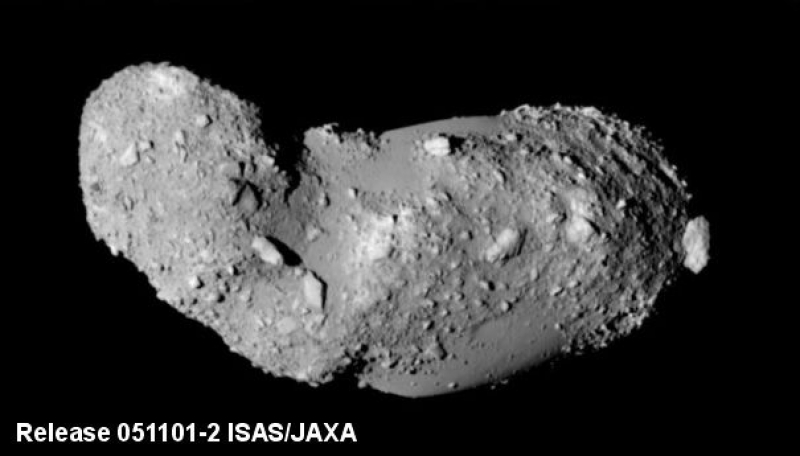
Quite an ambitious project by the Japan Aerospace Exploration Agency set the goal to collect and bring back to Earth samples of an asteroid substance for the first time in history. The Hayabusa probe was launched in 2003, it landed on 25143 Itokawa in 2005, took samples, and got back to Earth in 2010.
It brought some 1.5 thousand particles up to 300 microns in size (about 3 mm, such particles can be seen with the naked eye).
The particles’ chemical composition was close to that of common chondrites – the most widespread type of meteors, though they obviously weren’t entirely similar. The particles were subject to space erosion – their external layer was different from the deeper ones. The dust particles had numerous microcraters, as well as pores and cracks with traces of water. This proved the assumption that water could get to Earth from the asteroid belt.
A recent study of these particles published in 2020 showed that one of the key minerals in asteroids is troilite, iron sulphide FeS. Another interesting thing is the presence of thin iron “whiskers” on the particles. Scientists learned that as a result of space weathering, iron is released from the troilite and deposited on the surface in the form of needles, and the sulphur from iron sulphide can evaporate under the effect of solar wind. Sulphur is not the least important element in both planet formation and the existence of living beings, so that’s quite an important discovery.
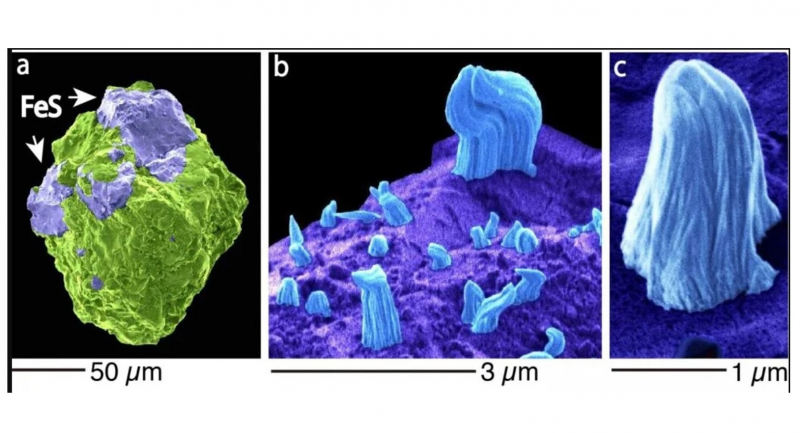
Modern research
A significant part of modern asteroid research has to do with the Dawn probe. This American spacecraft was launched on September 27, 2007, and has become the first one to purposefully visit two asteroids to survey them from orbit: Vesta in 2011 and Ceres in 2015.
Vesta, its first target, is the parent asteroid of V class asteroids that gave birth to vestoids and HED meteorites. In comparison to the previously mentioned asteroids, Vesta has a huge diameter of 525 km. In its upper part, Vesta is more round in shape, the lower part is oblate-shaped and is a remainder of a very ancient crater, the deepest in the Solar System. Its depth is about 25 km, and its diameter is almost 500. The central mountain of this crater, Rheasilvia, is the second tallest in the Solar System after the Olympus volcano on Mars. And is far taller than any of the Earth’s mountains.
The analysis of Vesta’s internal structure shows that it’s most probably very differentiated. For that reason, this asteroid is sometimes called the Solar System’s smallest planet, as it has an iron core and a rocky mantle.
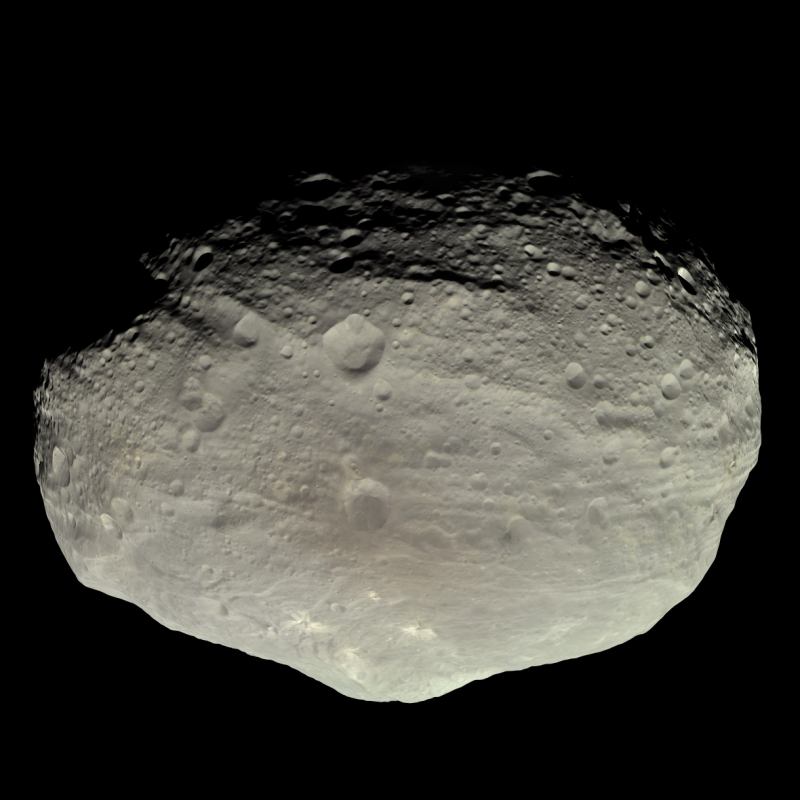
Ceres is the biggest asteroid in the main belt, the so-called dwarf planet, with the diameter of 939 km and the mass of 9,4 х 1020 km, which amounts to one third of the total mass of the main belt.
The first thing that catches the eye is the absence of large craters. This speaks in favor of Ceres’s surface being more flexible than that of other asteroids and being able to “heal” its “wounds”. As of today, scientists assume that Ceres has a rocky core surrounded by a substance rich in water ice and other volatile compounds. This explains the relative smoothness of its surface.
Of course, Ceres having a rocky, not an iron core is an assumption based on the data on its gravity field. Why an object as big as Ceres does not have an iron core is an important question that scientists keep being interested in. There are assumptions that Ceres comes from the far regions of the Solar System where it was colder, so volatile substances could become part of its composition.
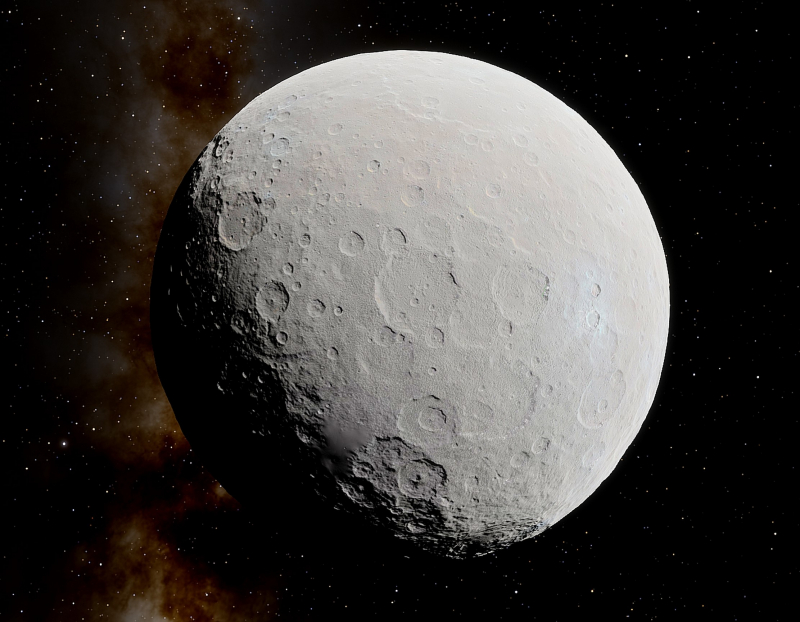
Another phenomenon that’s rare in the Solar System and is present on Ceres is cryovolcanism. The analysis of Ahuna Mons, its largest mountain, shows that it has been active in the recent geological past.
In the equatorial region of the asteroid, there’s mostly iron, while ice is mostly present in the polar regions. Ceres’s ice reserve is 200 cubic kilometers, which exceeds the volume of freshwater on Earth.
Scientists were very surprised to see dots of light on the asteroid’s surface which looked like searchlights, and some even thought that they finally stumbled upon an alien base. But everything turned out to be much simpler: these are exit points of volatile substances, sodium hydrogen carbonate, i.e. common soda. Scientists also detected organic substances on Ceres, but they still can’t tell which.
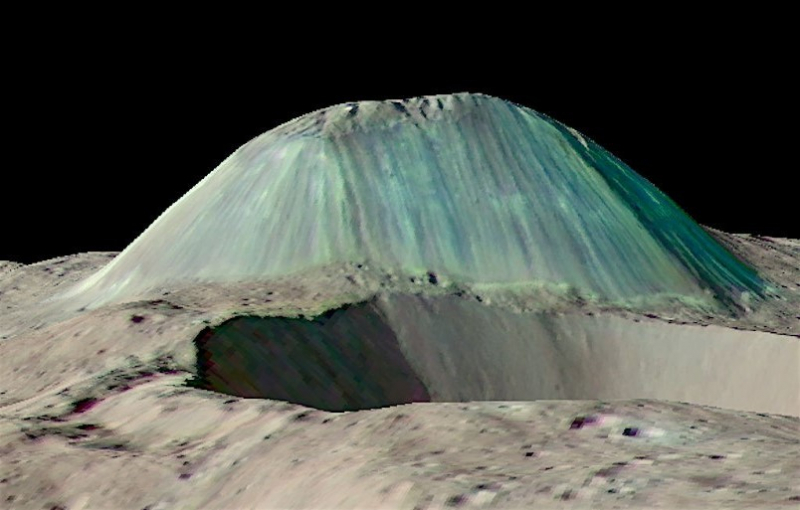
As of today, several asteroid research projects are being conducted.
The Hayabusa2 probe was launched on December 3, 2014 with the mission of studying 162173 Ryugu, a very small class C asteroid. The American Osiris project was launched on September 8, 2016; it came to 101955 Bennu in 2018 and its return is planned for 2023.
On Bennu, scientists discovered another peculiar phenomenon: it turned out that significant amounts of dust particles occasionally take off from its surface in places where nothing special seems to happen. The particles are numerous and travel at such enormous speed that they can even change the angular velocity of the very asteroid.
So in the future, we can expect lots of new discoveries. Even now there are plans for missions that have to do with not just research but also the development of asteroids. There are also projects aimed at potentially dangerous asteroids with the goal of changing their trajectory if need arises. Some consider asteroids as sources of rare metals, but scientists haven’t yet solved the problem of neither mining them nor delivering resources back to Earth.
